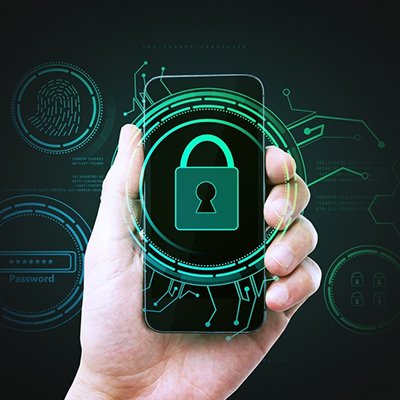The challenge 
Global financial institution selects L-1 solution to secure offices world-wide
Faced with tough compliance regulations requiring the secure protection of customer data and a rapidly growing rate of fraud and identity theft, a leading financial institution wanted to be proactive and lock down its offices as securely as possible from unwanted intruders. The leading global payments, network and travel company wanted a cutting edge identity and access management solution that left little doubt about who was passing through its corporate offices.
The financial institution, which was using a variety of card authentication means in its offices around the world, also wanted to enhance security without encumbering employees with a complicated or time consuming access control process.
It wanted a single solution for all of its offices worldwide so that it knew that all of its buildings were adhering to the same strong security policy. Because the identity management strategy was going to be deployed worldwide, they needed a state-of-the-art solution.
The solution
A variety of card solutions were being used at its various offices around the globe. The financial institution decided the best course of action would be to switch from proximity cards and other card technology to a two-factor biometric solution with smart cards. It turned to the global leader in biometric technology for access control, L-1 Identity Solution's enterprise access division, for a solution it could trust and deploy worldwide.
| "L-1fingerprint readers are an integral part of our compliance efforts as they allow us to identify who is passing through our doors and to control access to computers and files - which is essential for all financial institutions," said Senior Security of Tech-Global Services |
They began by rolling out a pilot in New York in 2003, where it replaced existing proximity cards with smart cards containing a fingerprint template. Employees verify themselves at entrances using the Bioscrypt V-Smart readers which check the fingerprint presented at the door with the one stored on the HID iClass smart card.
"Our pilot project was a success and we feel confident about rolling out L-1 fingerprint readers to the rest of the company's offices around the globe," said Senior Security of Tech-Global Services. "L-1 fingerprint readers are an integral part of our compliance efforts as they allow us to identify who is passing through our doors and to control access to computers and files - which is essential for all financial institutions."
The results
The two-factor physical access control system guards the entrances to the financial institution's offices, verifying that employees are indeed who they claim to be before granting them access.
The institution was able to increase security without compromising convenience. The Bioscrypt V-Smart reader takes less than a second to make a match.
The new system helps the financial institution meet the identity and access control requirements of compliance regulations that mandate the confidentiality of personal customer data. By requiring strong authentication at its doors, they have reduced the risk of security breaches.| "Our pilot project was a success and we feel confident about rolling out L-1 fingerprint readers to the rest of the company's offices around the globe," said Senior Security of Tech-Global Services |
Because the fingerprint templates are placed on the smart cards themselves rather than in a centralized database, this financial institution can save on the costs and hassles of maintaining a separate database. It can also address privacy concerns employees might have since employees are in possession of their own fingerprint templates. The template stored on the card is constructed using data points collected from the fingerprint pattern, and cannot be reverse engineered. Because L-1's Core fingerprint algorithm does not store the actual fingerprint, the template cannot be used to reconstruct a fingerprint.
The financial institution was also able to leverage its investment in its security infrastructure because Bioscrypt V-Smart readers are integrated with their existing Lenel OnGuard security platform.


